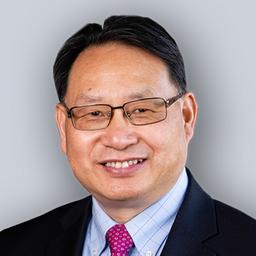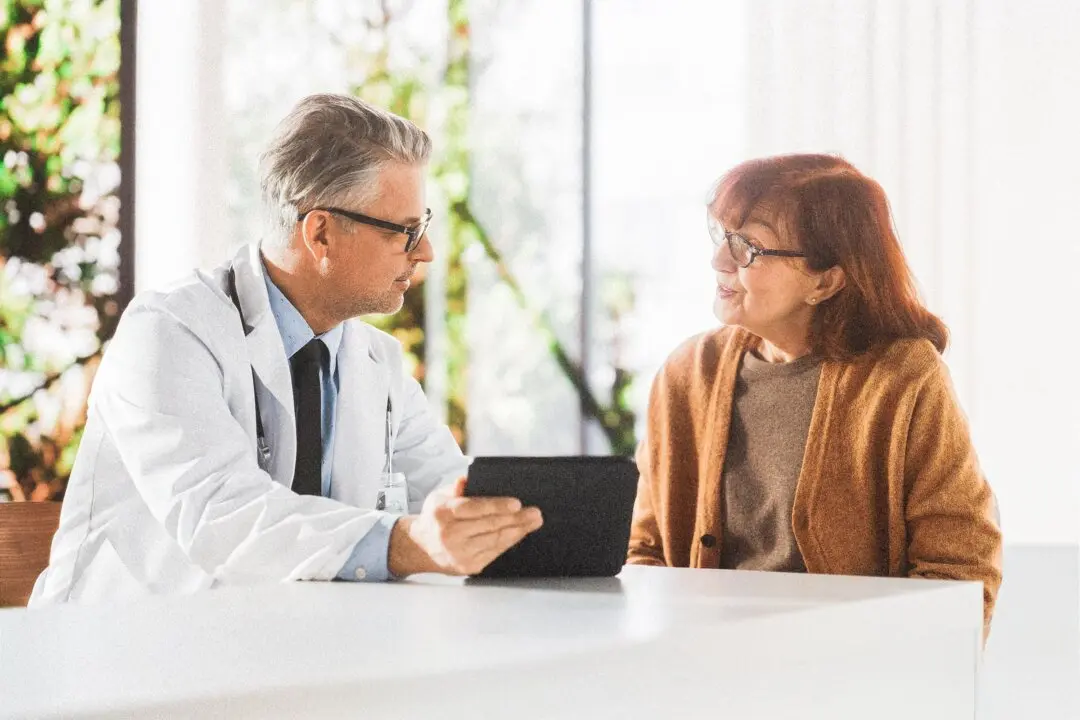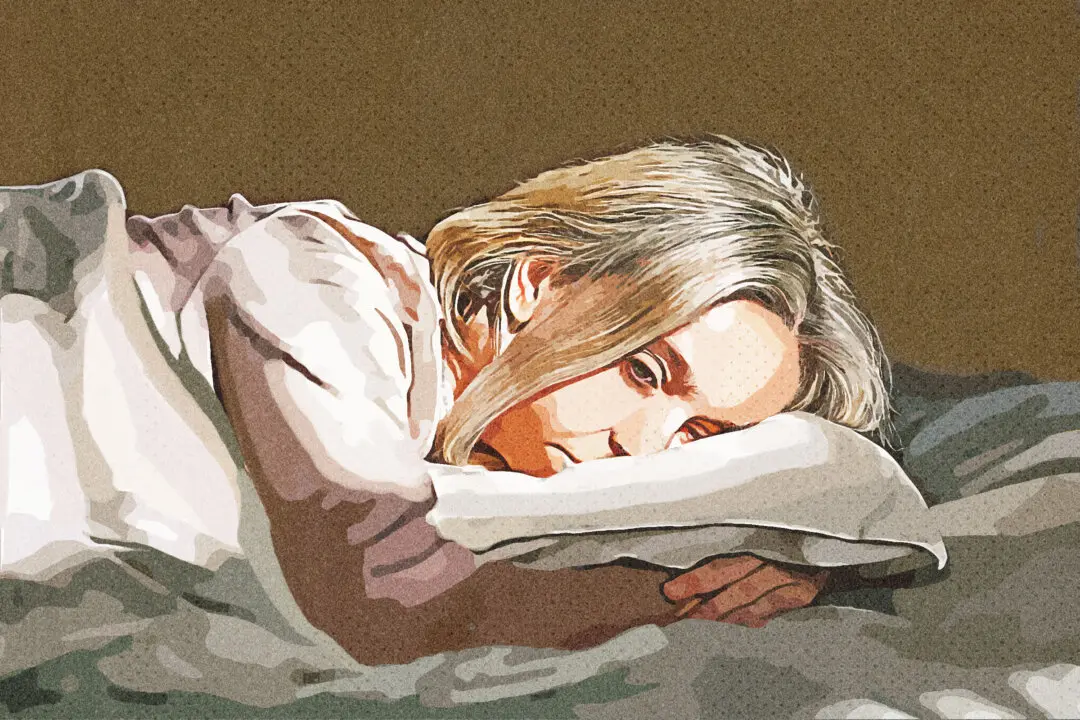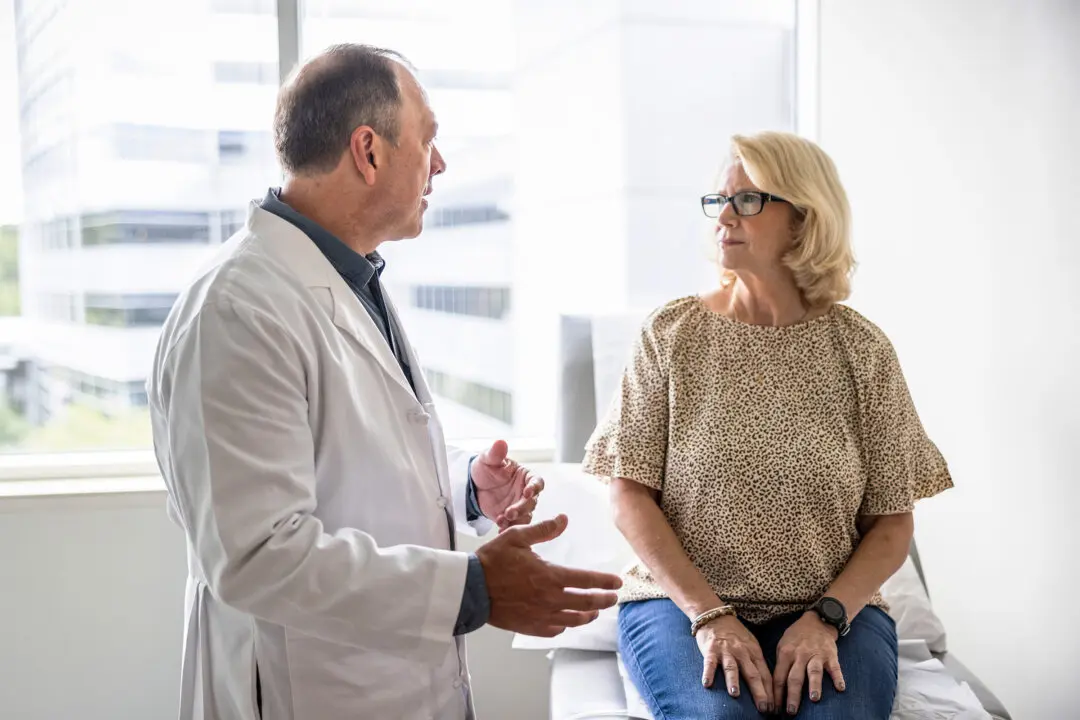Patients diagnosed with breast cancer often suffer from stress generated by the diagnostic procedures. They face decisions about treatment options and the impact the diagnosis will have on their professional and personal lives. The stress can generate multiple biological changes that will cause physical and emotional systemic dysfunction.
Furthermore, surgeries, chemotherapies, and radiotherapies are standard intervention for these patients. These interventions mostly focus on battling the cancer itself, but they further compromise the human body systemically. These complications manifest as side effects of treatment and include the following:






